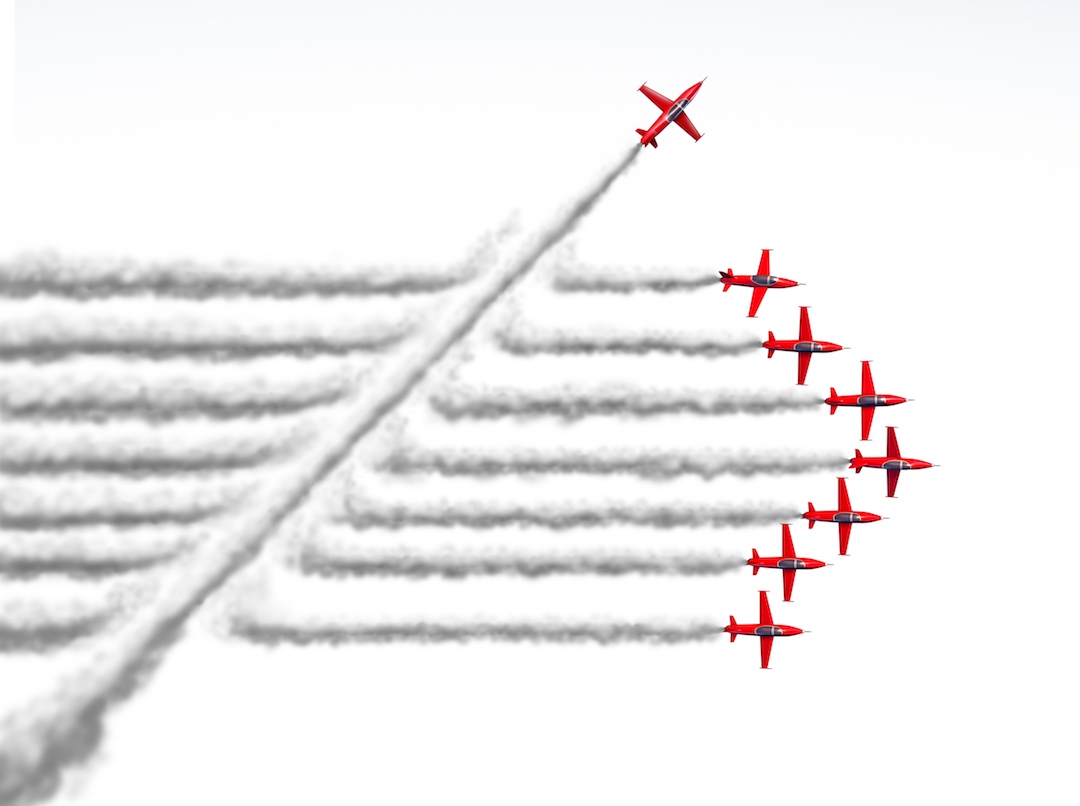 Focus is the key to any brand building effort. But what if your buyer asks for something else? Do you run around and create it for them, or do you stick to your guns? Certainly, one more offering couldn’t hurt, and you would get that buyer as a customer. But then up pops another customer who wants something different, and another and another.
Focus is the key to any brand building effort. But what if your buyer asks for something else? Do you run around and create it for them, or do you stick to your guns? Certainly, one more offering couldn’t hurt, and you would get that buyer as a customer. But then up pops another customer who wants something different, and another and another.
Suddenly, in your effort to be all things to all people, you become nothing to anyone. Why? You exceeded your “brandwidth.” It’s like bandwidth, which according to Search Enterprise, is sometimes used in business as a synonym for capacity or ability. Only brandwidth is how wide your brand can get before you begin to lose traction.
It’s hard enough to build a consumer products brand. You have to become known for something, distinguish yourself, and own your niche. Most product producers make the fatal mistake of listening to their sales or production people when they say, “If you only had (this or that), my buyer would be on board.” Or “They like the brand, but want another product.”
When we started Barefoot Wine, we chose to have only two offerings, a red wine and a white wine and only in the 1.5L magnum size. Because we were focused, we became known as the best value in the big bottle size. Yes, it was limiting. But this was before we were established and during a precarious time when we could have easily gone out of business. By sticking with the big bottles where there was less competition, the retail store buyers knew who we were compared to all the other offerings that were competing in the smaller size. It gave us identity. It helped us cut through the noise.
Also, because we were exclusively in the big size, we attracted customers who were loyal. We even called it the “loyalty size” because folks wouldn’t buy a big bottle of a product unless they knew it was good. And they appreciated the savings on the quantity price.
It took a few years until we built Barefoot up to become a popular brand in the 1.5L magnum category. But then, we finally gave into pressure from our own people to expand the brand and offer the 750ml smaller bottles of the two varietals. Then we added a blush wine as our third varietal offering, in both sizes. Before we knew it, we went from 2 offerings to 6 offerings in just one year.
Let’s just do the math! That is 3 times the initial offerings, so we should see 3 times the sales – and profits, right?!? Interestingly, our sales did not increase! They plateaued. But our overhead exploded with all the marketing programs, materials, logistics, and accounting those new offerings entailed. In fact, it took us two years to get out of the rut we had created by expanding our range too fast. The retail buyers said, “We gave you shelf space for two offerings and now you have six to choose from. Which ones do you want to cannibalize?”
The thing is, the concept of line extension works. But only with those buyers who are so happy with your initial offerings that they’ll give you more shelf space because they think the popularity of your brand will carry over to your new items. But you run the risk of being asked to cannibalize your own offerings, and that can threaten all your brand building efforts.
So, you have to be very careful. In retrospect, we expanded too fast and exceeded our brandwidth. Your consumer brand can only carry so many offerings before it collapses from its own weight. This is why you see brands that are floundering get acquired and refocused on their core business. Generally, the less choices you have to offer, the easier it is to distinguish your brand and take over your niche. Don’t be an “also ran” in somebody else’s niche.
Stay focused on a few offerings, and be the king of your own niche. Don’t exceed you brandwidth!



